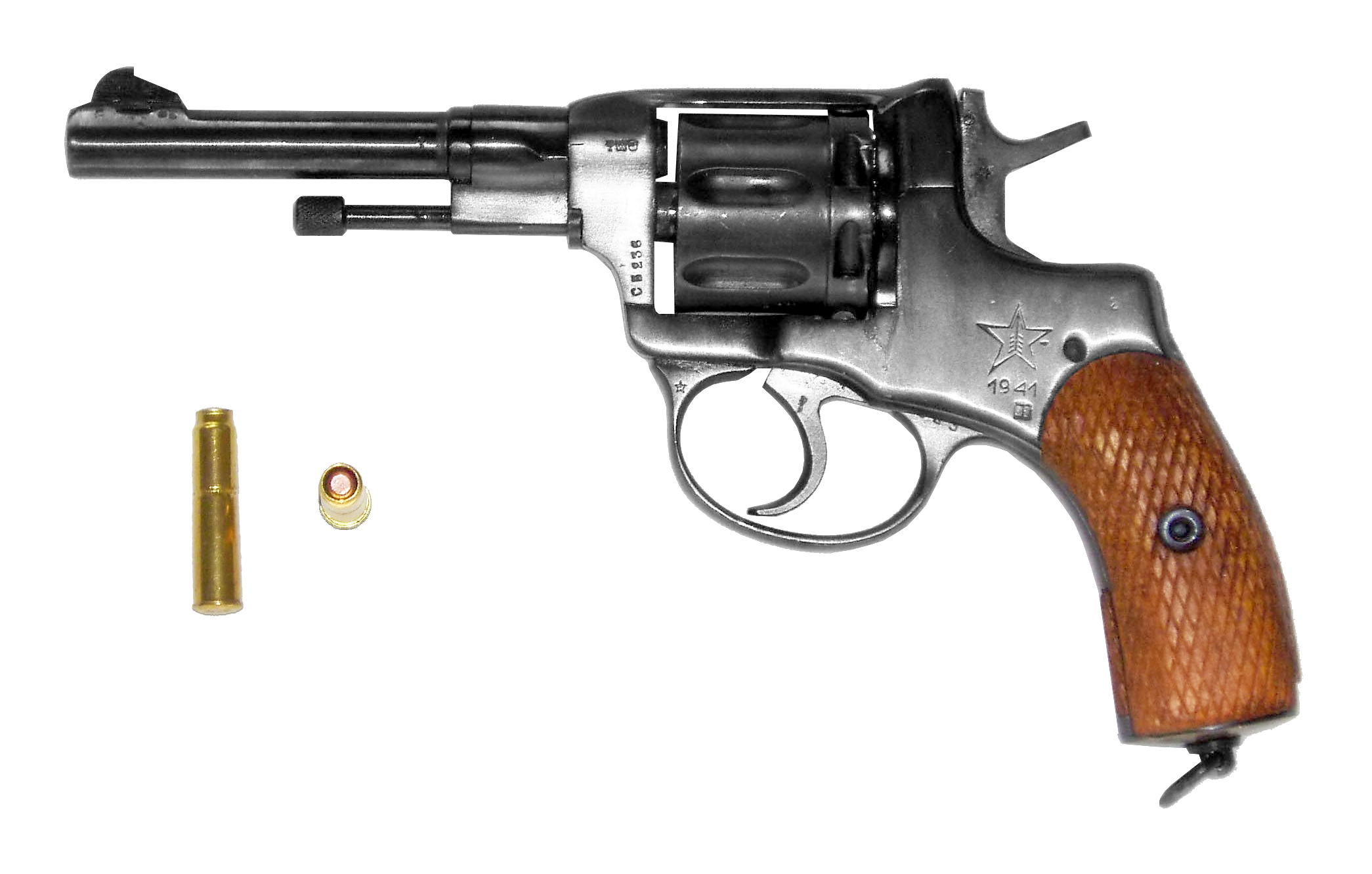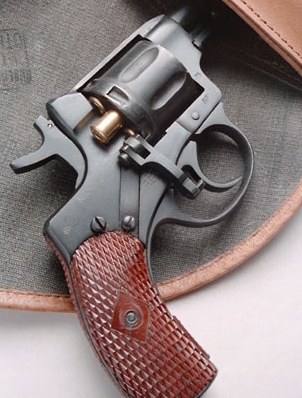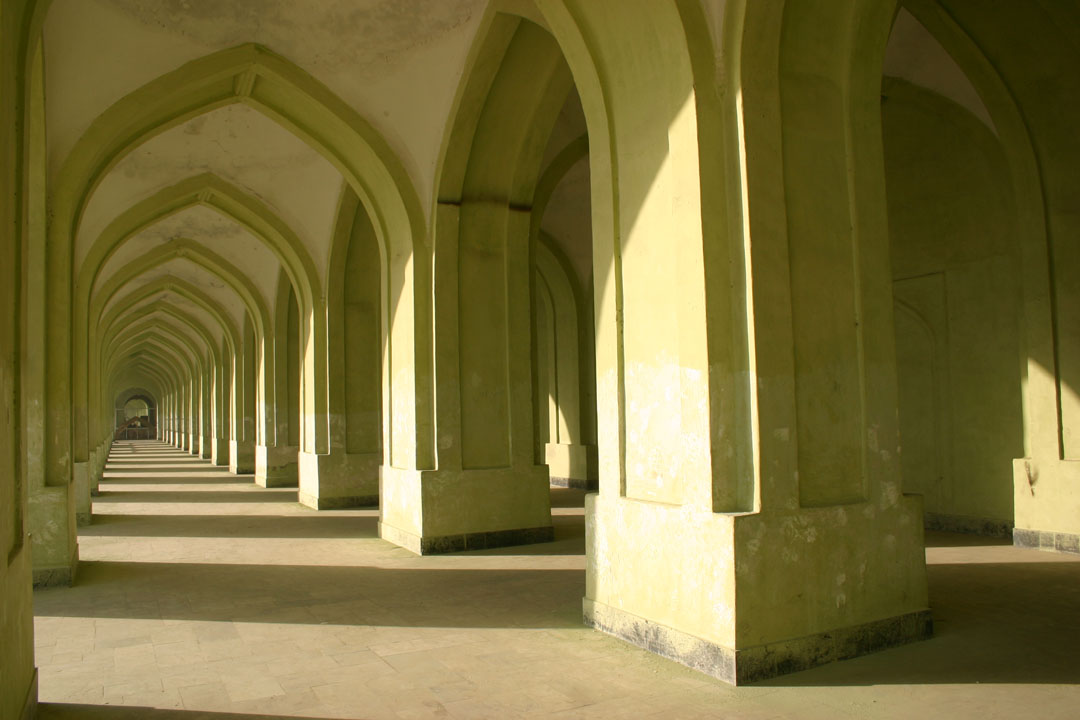|
Abdul Khaliq Hazara (assassin)
Abdul Khaliq known as Abdul Khaliq Hazara ( fa, عبدالخالق هزاره), (1916 — December 18, 1933) was a Hazara student who assassinated Mohammed Nadir Shah, King of Afghanistan on 8 November 1933, during an award distribution ceremony. He was quickly arrested, tortured and later executed by quartering along with most of his relatives. The assassination of Nadir Khan may have been done in revenge for the taxes and execution of Hazaras, and for actions of Ghulam Nabi Charkhi who was a former Afghanistan ambassador to Moscow who took part in the Afghan civil war of 1928-29 as a supporter of the previous ruler of Afghanistan, the reform-minded Amanullah Khan. Life Khaliq was born in 1916 in the Chindawol area of Kabul, Afghanistan. He was a student at Nejat High School. Khaliq witnessed the rise of King Nadir Khan from 1929 and the assassinations of Afghanistan's intellectuals and politicians. Nadir, who was a general of King Amanullah Khan, was summoned by Amanu ... [...More Info...] [...Related Items...] OR: [Wikipedia] [Google] [Baidu] |
Chindawol
Chindawol or Chendavol ( prs, چنداول) is a neighborhood in the older section of Kabul, Afghanistan. Chindawol uprising Population The majority of the people in this region are Qizilbash and Hazara people, Hazara. See also * Neighborhoods of Kabul * Chindawol uprising References [...More Info...] [...Related Items...] OR: [Wikipedia] [Google] [Baidu] |
Mohammadzai
Mohammadzai ( ps, محمدزی), also spelled Moḥammadzay (meaning "descendants of Mohammad"), is a Pashtun sub-tribe or clan of the Barakzai which is part of the Durrani confederacy of tribes. They are primarily centered on Kandahar, Kabul and Ghazni in Afghanistan. The Mohammadzai ruled Afghanistan from 1823 to 1978, for a total of 155 years. The monarchy ended under Mohammad Zahir Shah when his brother in law Sardar Daoud Khan took power via a coup. Distribution Mohammadzai are the most prominent and powerful branch of the Durrani confederacy, and are primarily centered on Kandahar. They can also be found in other provinces throughout Afghanistan as well as across the border in present-day Pakistan. Musahiban are the descendants of Sultan Mohammad Khan, also known as "Telai". Telai means Gold in Dari. He was the elder brother of Dost Mohammed Khan. Language The principal language of the Mohammadzai is Pashto, more specifically the Southern (Kandahari) dialect of Pashto. ... [...More Info...] [...Related Items...] OR: [Wikipedia] [Google] [Baidu] |
List Of Hazara People
Hazara people make up the second or third largest ethnic group in Afghanistan with 8–12 million population, making 20%–25% of the total population of Afghanistan (Some suggest the real population might reach 30%) where they mainly inhabit the Hazaristan region, as well as parts of Pakistan, especially Balochistan and Iran. The Hazaras have immigrated to Iran, Australia, Europe, and North America in the last several decades also as part of these two intertwined diasporan groupings, as part of the Hazara and wider Afghan diaspora. Politicians * Abdul Ali Mazari * Muhammad Yusuf Khan Hazara * Muhammad Ibrahim Khan * Karim Khalili * Sultan Ali Keshtmand * Daoud Naji * Ramazan Bashardost * Mohammad Mohaqiq * Qazi Muhammad Essa * Habiba Sarabi * Sima Samar * Hussain Ali Yousafi * Muhammad Ali Jawid * Maryam Monsef * Abdul Khaliq Hazara * Akram Yari * Ahmad Behzad * Jan Ali Changezi * Qurban Ali Oruzgani * Abdul Haq Shafaq * Sayed Anwar Rahmati * Azra Jafari * Sayyid ... [...More Info...] [...Related Items...] OR: [Wikipedia] [Google] [Baidu] |
Hazara Genocide
The following is a list of massacres that have occurred against Hazara people, who are overwhelmingly Twelver Shia Muslims and make up the third largest ethnic group in Afghanistan: See also *List of massacres in Afghanistan References {{massacres Afghanistan Massacres A massacre is the killing of a large number of people or animals, especially those who are not involved in any fighting or have no way of defending themselves. A massacre is generally considered to be morally unacceptable, especially when per ... * Masscres ... [...More Info...] [...Related Items...] OR: [Wikipedia] [Google] [Baidu] |
Solidarity Party Of Afghanistan
The Solidarity Party of Afghanistan ( prs, حزب همبستگی افغانستان; ''Hezeb-e Hembestegi-ye Afqanustan''; abbr. SPA) is a minor political party in Afghanistan. The party platform focuses on four main issues: secularism, women's rights, democracy, and opposition to NATO's Resolute Support Mission in Afghanistan. The party is strongly critical of the Afghan government, which it views as corrupt, fundamentalist, and dominated by warlords. The party claims a membership of some 30,000. History The party boycotted the 2005 and 2010 parliamentary elections. The party was suspended in June 2012 following a Kabul demonstration in late April 2012 where the party accused a number of Afghan leaders, including former leaders and commanders, of committing war crimes over the last three decades of conflict, and demanded they be brought to justice. The SPA boycotted the 2004, 2009, and 2014 Afghan Presidential elections as the party alleges that an individual cannot be e ... [...More Info...] [...Related Items...] OR: [Wikipedia] [Google] [Baidu] |
Martyr
A martyr (, ''mártys'', "witness", or , ''marturia'', stem , ''martyr-'') is someone who suffers persecution and death for advocating, renouncing, or refusing to renounce or advocate, a religious belief or other cause as demanded by an external party. In the martyrdom narrative of the remembering community, this refusal to comply with the presented demands results in the punishment or execution of an actor by an alleged oppressor. Accordingly, the status of the 'martyr' can be considered a posthumous title as a reward for those who are considered worthy of the concept of martyrdom by the living, regardless of any attempts by the deceased to control how they will be remembered in advance. Insofar, the martyr is a relational figure of a society's boundary work that is produced by collective memory. Originally applied only to those who suffered for their religious beliefs, the term has come to be used in connection with people killed for a political cause. Most martyrs are consid ... [...More Info...] [...Related Items...] OR: [Wikipedia] [Google] [Baidu] |
Dagger
A dagger is a fighting knife with a very sharp point and usually two sharp edges, typically designed or capable of being used as a thrusting or stabbing weapon.State v. Martin, 633 S.W.2d 80 (Mo. 1982): This is the dictionary or popular-use definition of a dagger, which has been used to describe everything from an ice pick to a folding knife with pointed blade as a 'dagger'. The Missouri Supreme Court used the popular definition of 'dagger' found in Webster's New Universal Dictionary ("a short weapon with a sharp point used for stabbing") to rule that an ordinary pointed knife with four-to-five inch blade constitutes a 'dagger' under the Missouri criminal code.California Penal Code 12020(a)(24):"dagger" means a ''knife or other instrument'' with or without a handguard that is ''capable of ready use as a stabbing weapon'' that may inflict great bodily injury or death. The State of California and other jurisdictions have seized upon the popular-use definition of a dagger to clas ... [...More Info...] [...Related Items...] OR: [Wikipedia] [Google] [Baidu] |
Deh Mazang
Deh Mazang ( prs, دهمزنگ), also spelled Demazang or Dih Mazang, is a hillside settlement in west Kabul, Afghanistan, located on the southern side of the Asamayi mountain. It forms part of District 3. Kabul Zoo is located to its south and Chindawol in the old city to its east. Deh Mazang is known for its former major prison which was made in the 1930s.''Kabul: A History 1773-1948'' by May Schinasi The Deh Mazang Circle is located to its south, which connects the Asamayi Watt, Sevom Aqrab and Darulaman Darulaman ( fa, دارالامان) is a locality in the south-western fringes of Kabul, Afghanistan, forming part of District 6. The suburb was a planned city built in the 1920s under King Amanullah Khan. Amanullah Khan sought to turn Darulaman i ... roads. Mazang Khan Hilal was a pottery maker who settled in this area in the early 1700s and created clay pots, cups, and trays. People called it Deh Mazang (Mazang's Village) His family relocated and grew over the decades and ... [...More Info...] [...Related Items...] OR: [Wikipedia] [Google] [Baidu] |
Abdul Khaliq Hazara
Abdul Khaliq Hazara may refer to: * Abdul Khaliq Hazara (assassin) (1916–1933), assassinated King Nadir Khan of Afghanistan on 8 November 1933 * Abdul Khaliq Hazara (politician), ethnic Hazara politician in Balochistan, Pakistan - active late 20th and early 21st century {{hndis, Hazara, Abdul Khaliq ... [...More Info...] [...Related Items...] OR: [Wikipedia] [Google] [Baidu] |
Nagant M1895
The Nagant M1895 Revolver is a seven-shot, gas-seal revolver designed and produced by Belgian industrialist Léon Nagant for the Russian Empire. The Nagant M1895 was chambered for a proprietary cartridge, 7.62×38mmR, and featured an unusual "gas-seal" system, in which the cylinder moved forward when the gun was cocked, to close the gap between the cylinder and the barrel, providing a boost to the muzzle velocity of the bullet and allowing the weapon to be suppressed (an unusual characteristic for a revolver). In fact, a 38mm long shell covers the whole bullet for this very purpose as well. This way, early Nagant users would avoid dealing with gases of black powder. Its design would inspire the Pieper M1893 carbine and Steyr 1893 revolver. Russian M1895 Léon Nagant and his brother Émile were well known in the Russian Tsar's court and military administration because of the part they had played in the design of the Russian service rifle, the Mosin–Nagant Model 1891. The ... [...More Info...] [...Related Items...] OR: [Wikipedia] [Google] [Baidu] |
Nagant Revolver
Nagant may refer to: * Fabrique d'armes Émile et Léon Nagant, defunct Belgian manufacturer of firearms and cars (1859-1931) ** Mosin–Nagant, bolt-action infantry rifle ** Nagant M1895, 7-shot gas-seal revolver *** Nagant wz. 30, Polish-made derivative of the M1895 revolver ** 7.62×38mmR 7.62×38mmR (also known as 7.62 mm Nagant and Cartridge, Type R) is an ammunition Cartridge (firearms), cartridge designed for use in the Russian Nagant M1895 revolver. A small number of experimental submachine guns (e.g., Tokarev 1927), des ..., proprietary gas-seal ammunition designed for the M1895 revolver ** 7.5mm 1882 Ordnance, 7.5mm cartridge designed for the Swiss military {{disambiguation ... [...More Info...] [...Related Items...] OR: [Wikipedia] [Google] [Baidu] |
Id Gah Mosque
Eid Gah Mosque or Id Gah Mosque ( prs, مسجد عیدگاه), is the second largest mosque in Kabul, the capital of Afghanistan. It is considered the cardinal religious mosque in the country, where a million people offer Eid prayers twice a year. It is located near the Mahmud Khan bridge and National Stadium in the eastern part of the city, in the Shar-e-barq of Kabul, which is one of the wealthier areas of the city. The "Id Gah" or "Eid Gah" refers to an open space where people congregate during national and religious celebrations. The open grounds of Id Gah are also used as a parking lot for trucks that transport goods to and from Peshawar. In most references Babur, a Muslim warrior at the time had just invaded India and ordered a Mosque be built to glorify Islam, he had his warriors bring back precious stone from the Punjab, Sindh and surrounding areas and had Persian architects build a structure for his Kabul subjects. It has been the scene of religious festivals, rel ... [...More Info...] [...Related Items...] OR: [Wikipedia] [Google] [Baidu] |





